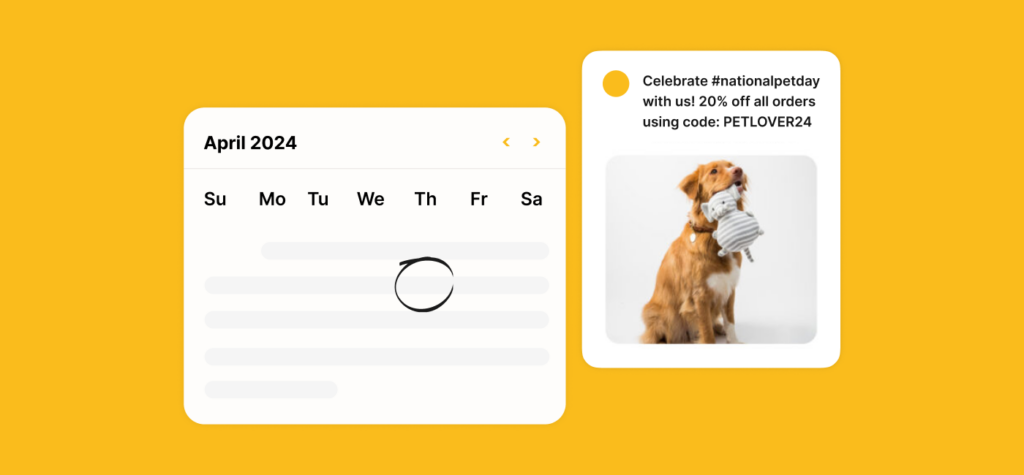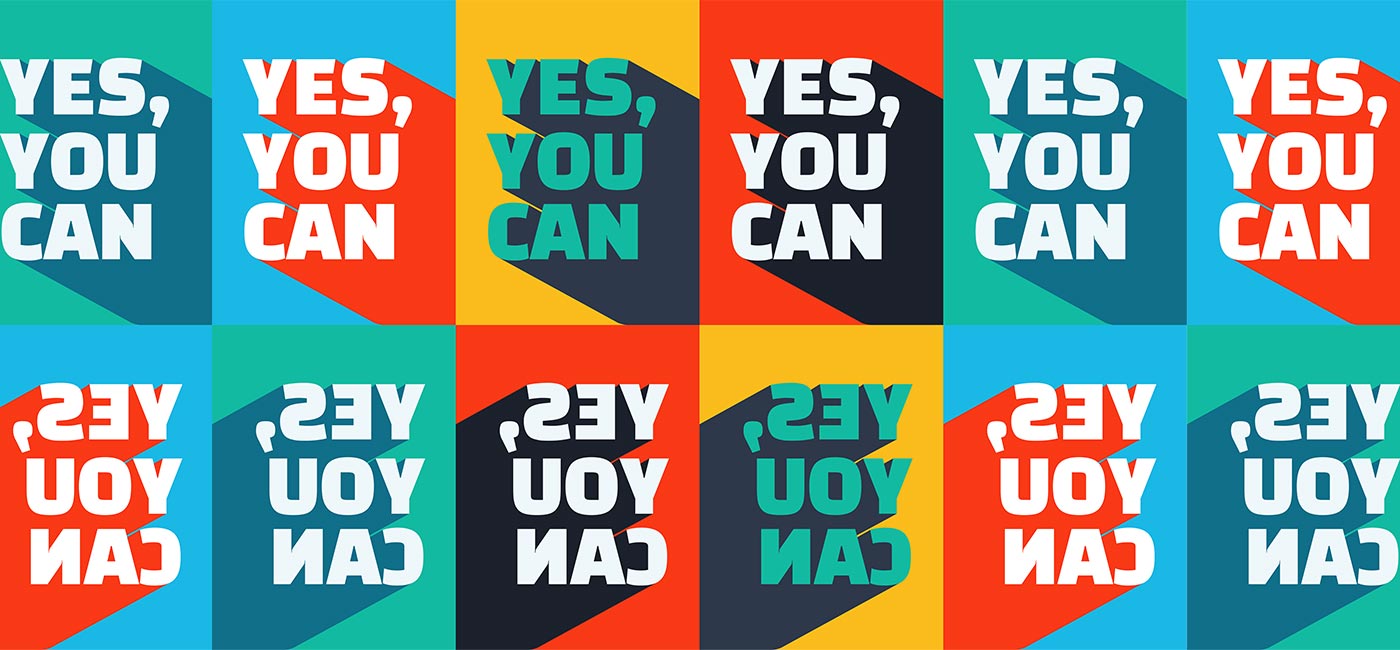Segmentation vs. personalization: The difference in email marketing and why it matters
11 Minute Read

While segmentation identifies who and who not to send an email, personalization automatically identifies what to send in an email to each person. Knowing the difference and how to shift your martech to the latter is the key to winning customers — and revenue.
Every year, an analyst proclaims that email is dead. But even after almost four decades, email remains one of the most essential revenue drivers for businesses. So essential, in fact, that email can generate a 4,200% return on investment, among many other striking email statistics. While email isn’t dead, the conventional way of sending email is dead.
For years, marketers have assembled their audience, built, and sent their email relying on “batch and blast” communication the same way. Batch-and-blast email is the workhorse of the modern marketing stack, and to this day still represents the vast majority of email sent each year.
Batch emails are relatively inexpensive to produce and make it easy to communicate with large groups of people very quickly. The caveat is that we as consumers are now exposed to so much media that we are forced to ignore the vast majority of it.
To remain relevant, marketers must focus on leveraging personalization to create memorable customer experiences. And not just the kind of personalization that includes someone’s first name. The kind of personalization that makes every email unique to each customer on a one-to-one level.
Customers are people, and people want to be treated like… well, people. Personalization is no longer a novelty. To stay competitive, it’s an absolute must.
According to a Boston Consulting Group (BCG) survey of VPs and C-level executives at more than 50 companies with sales of at least $500 million each, brands that create personalized experiences by integrating advanced digital technologies and proprietary data are seeing revenues increase by 6% to 10%. BCG expects that over the next five years in three sectors alone—retail, health care, and financial services—personalization will push a revenue shift of some $800 billion to the 15% of companies that get it right.
Mark Abraham, a BCG partner, says, “Brand individualization unlocks the ability to enhance loyalty with these and other customers by tailoring the brand experience to each contextual user journey.”
What is segmentation?
In marketing, segmentation is the act of splitting up your customers into groups. Segments could be created by demographic data, behavioral data, interests, entry points into the list, etc. These groups, or segments, then act as a distinct part of the list database.
To respond to this growing need for personalization, and due to limits of legacy technology, marketers have historically turned to segmentation. As technology has evolved, and marketers more eager to collect more and more data about their customers, the number of segments greatly increases and the size of each segment gets smaller and smaller.
Instead of just a few segments based on basic data points, marketers now have 10, 20, or maybe even more segments. While it seems like progress, it’s still not a scalable way to truly personalize each and every email. The fact is that segmentation was never meant to be a personalization tactic.
Segmentation does not equal personalization.
Creating hyper-specific segments and including a dynamic first name field is not personalization, no matter how much it feels like it. In all reality, it’s still sending the same message to multiple people.
Just because two people are both from Boston and both like skiing and fishing, doesn’t mean they are alike. One person might only buy specific brand names, one may have bought a fishing pole for a friend, but actually likes snowshoeing. For this reason, segmentation can often result in irrelevant content and a poor customer experience. Knowing one, or even a few things about your customer, doesn’t mean knowing everything about your customers. Because of the amount of messages that consumers receive on a daily basis, even one irrelevant communication can result in a lost opportunity.
Creating more specific segments forces you to build a truly massive amount of messages. Instead of creating one email for the whole list, you’re now creating 5,10, maybe 20 nearly identical emails, which stresses your already overloaded creative departments. If you layer A/B tests on top of that, you could be looking at 40 different messages for a single campaign. If you’re sending multiple campaigns a week, how can you possibly keep pace?
This approach is simply not scalable, unless you plan on hiring an army of creative people. The point is, that we as marketers are still operating in an old mindset. We are using antiquated technology and processes to try to communicate with a new breed of customer. What’s needed is a way to truly operationalize personalization: a way to use all of the customer data you have at our disposal to create a unique experience for every single customer.
What is personalization?
In marketing, personalization is the act of serving content unique to each person based on data known about that customer to make a tailored, 1:1 experience.
Taking a programmatic approach to personalization, you can create a single email template that queries customer behaviors and events in real-time to build a unique email for each person at the time of send. Instead of manually creating multiple messages for different customer segments, you can let the “machines” do the work and dynamically create a unique email for each person.
Taking a programmatic approach to personalization, you can remove the need for labor-intensive, manual message curation and truly scale 1:1 email personalization. So instead of hand-curating six different emails for six segments, you can curate a single personalization-enabled template.
Putting personalization into practice
Adopting a programmatic personalization approach as opposed to a segmentation approach is very feasible with the right ingredients — namely having the right platform, people, and process.
1. Platform: Empower the programmatic
It all starts with data. Integrating your marketing technology stack, aka your franken-stack, is no easy feat. The most important thing to think about when selecting a technology vendor is flexibility. All organizations are different, your customers are different, your tech stacks are different. Your technology needs to be able to flex and respond just as quickly as your customers do.
That’s why we tried to make Cordial as flexible, yet simple, as possible for marketers to access every single data point in one place. But regardless of how the stack is integrated or what technology is used, you want to be able to collect and make sense of all your event data, demographic data, and any other profile attribute that can be used to create a better customer experience with personalization.
Being able to use real-time data like page views, app opens, clicks, wishlist, add to cart, purchases, the second it happens is a huge asset for personalization. Most of the disconnect in personalization happens in not being able to take advantage of real-time data, in real time. With legacy technology, real-time data may take hours or days to ingest, or may not even be available at all.
The right platform can pull in all customer data into any message type: promotional, triggered or automated, transactional, push notification, in-app message, etc., to create rich adaptive content. In a world where customers are generating thousands of data points each day, programmatic content generation is the only way forward.
Case study
1-800 Contacts was using three separate platforms for their promotional, triggered, and transactional emails. Their customer data was fragmented and they were unable to create a unified communication strategy.
By switching to Cordial, 1-800 Contacts was able to consolidate their tech stack, centralize their customer data, and send all promotional, triggered, and transactional emails through one platform with advanced personalization across every type of email. This has enabled the 1-800 Contacts team to create a holistic view of the customer journey, providing greater flexibility and agility to the marketing and tech teams.
2. People: Prioritize personalization across teams
In most organizations, marketing and technology teams operate independently of one another, only coming together when one team needs something. Marketing owns content and campaign creation, while technology owns data management and segmentation.
It’s not uncommon for these two teams to have a contentious relationship because marketing relies very heavily on tech to complete even the most basic functions. Embracing a culture of personalization requires key stakeholders to build a bridge between marketing and tech. Personalization is not just a technology acquisition, it needs to be a culture change. To institute real and lasting change, everyone needs to be marching in the same direction, and that starts with communication.
You need to communicate to the rest of the organization that personalization is a priority, and it will require input from all parts of the organization. Ultimately you need to transform and empower your team to operate within this new environment. Evaluate the skills of your current team and understand what they need to be successful when using a next-gen platform.
The right people, the right skills, and the right training are all key pieces of the puzzle.
Case study
Revolve has seen tremendous gains by adopting a top down approach to personalization. With the help of the Cordial team, the whole organization has shifted how they think about collaboration and cross-departmental alignment. When Revolve made the decision to adopt a next gen messaging solution they started with their team.
They brought the marketing and technology teams together and collaborated on the best way to architect their new system, get control of their data, and empower each team member to be as self sufficient as possible. Having a shared goal and mindset from the beginning saved the team a lot of time and headaches, it has created a strong foundation for their personalization program.
They are now able to to quickly and easily stand up new programs, test out campaign ideas, and dream up new ways to engage their customers.
3. Process: Scale more easily in real-time
Process is the final variable in the personalization equation. Creating a repeatable and scalable process between your technology and people is key to operating at the speed required to keep pace with your customers. However, within the segmentation model, a massive amount of time and investment is spent on campaign creation and approvals.
The old, tedious segmentation process goes something like this:
- The tech team pulls a customer segment based on a predefined set of criteria.
- Marketing writes multiple versions of the email copy for each segment and collect the necessary assets.
- The creative team designs the emails.
- Marketing secures approvals.
- The messages are built and QAed.
- The messages are sent.
- The whole process repeats.
While a next-gen platform makes the process a lot quicker and easier:
- The marketer creates audience segments within the platform using real-time data from their stack.
- A message template is built that pulls in relevant customer data.
- A unique message is sent to each customer.
Technology should be doing the hard work for you. Using next-gen tech allows you to flip the equation. Instead of spending 80% of your time building, QAing, and segmenting, and only 20% of your time on strategy, you can now spend 80% of our time on doing what marketers are supposed to do: strategizing, working on improving the customer experience, and coming up with creative ways to sell.
Case study
Teleflora was using a legacy email provider and as they scaled was spending an increasingly large amount of time on message segmentation and creation. The team’s internal processes were not set up to respond quickly to the changing needs of their customers. Because of this, they could only service the marketing needs of the top 10 percent of sellers in their network, leaving 90 percent of their customers to fend for themselves. Not only was this a poor customer experience for its partners, it left a massive amount of potential revenue on the table, simply because its email platform was inefficient.
Cordial helped Teleflora completely revamp its email program from the ground up by building processes that allowed them to more effectively leverage their technology investment Within 30 days, they were able to use programmatic templates and real-time data to streamline the campaign creation process and remove all manual curation. This brought campaign creation time down from days to minutes and resulted in a 20% increase in email revenue year-over-year.
Breaking down segmentation vs. personalization further
Segmentation and personalization are two very different practices. While segmentation is still a viable strategy and should still be a part of every email campaign, there are stark differences in how they’re used. Personalization individualizes the content of an email, whereas traditional segmentation relies on creating a different content variation for each segment.
Personalization is not simply a strategy: It’s a way of life. It’s a different way of doing business and requires an organizational shift on a fundamental level. Most think that personalization starts with technology, but technology is only a third of the equation. Personalization requires the right platform, people, and process.
Cordial can help you can lift customer engagement with real-time personalization more than 250% by sending personal, relevant, and intelligent messages across email, SMS, and mobile apps. Request a demo today.
Picked For You

300+ holiday hashtags and days of observance for your 2024 marketing calendar
As marketers, we’re all familiar with the significance of holidays to consumers, but have you…




